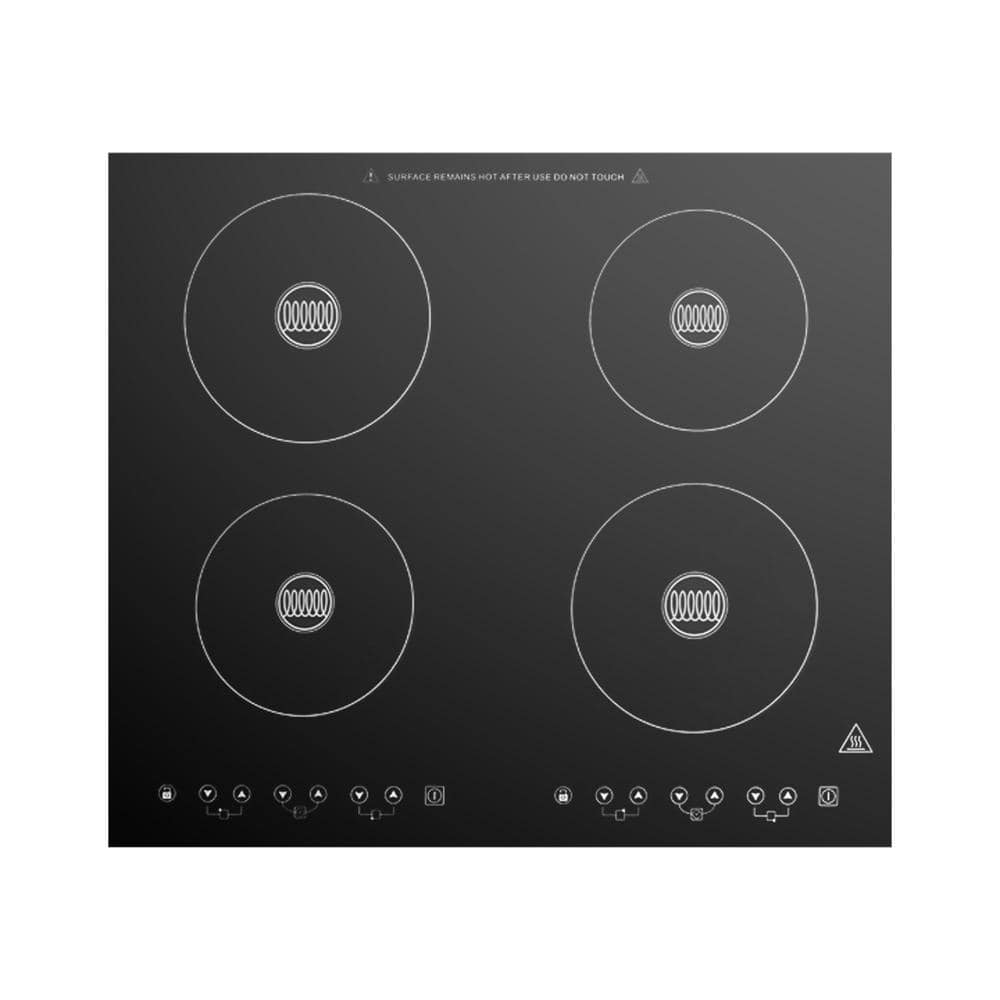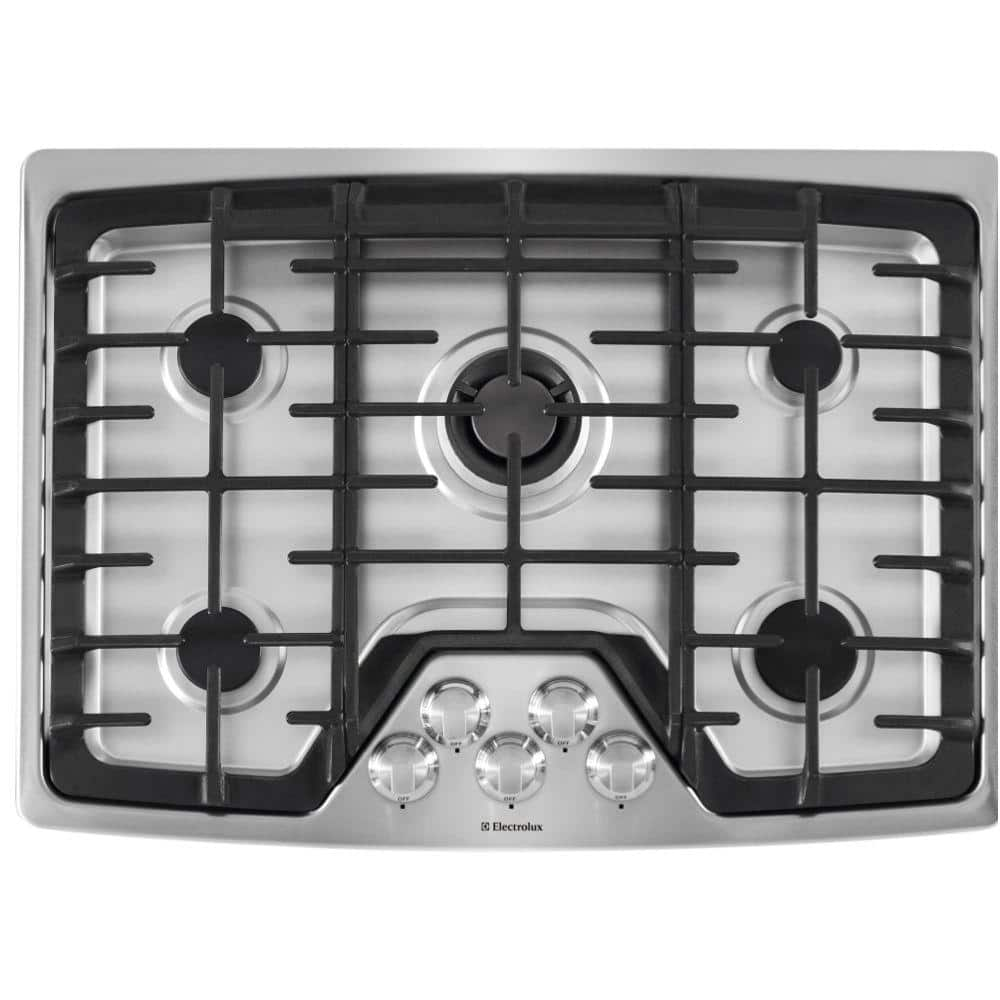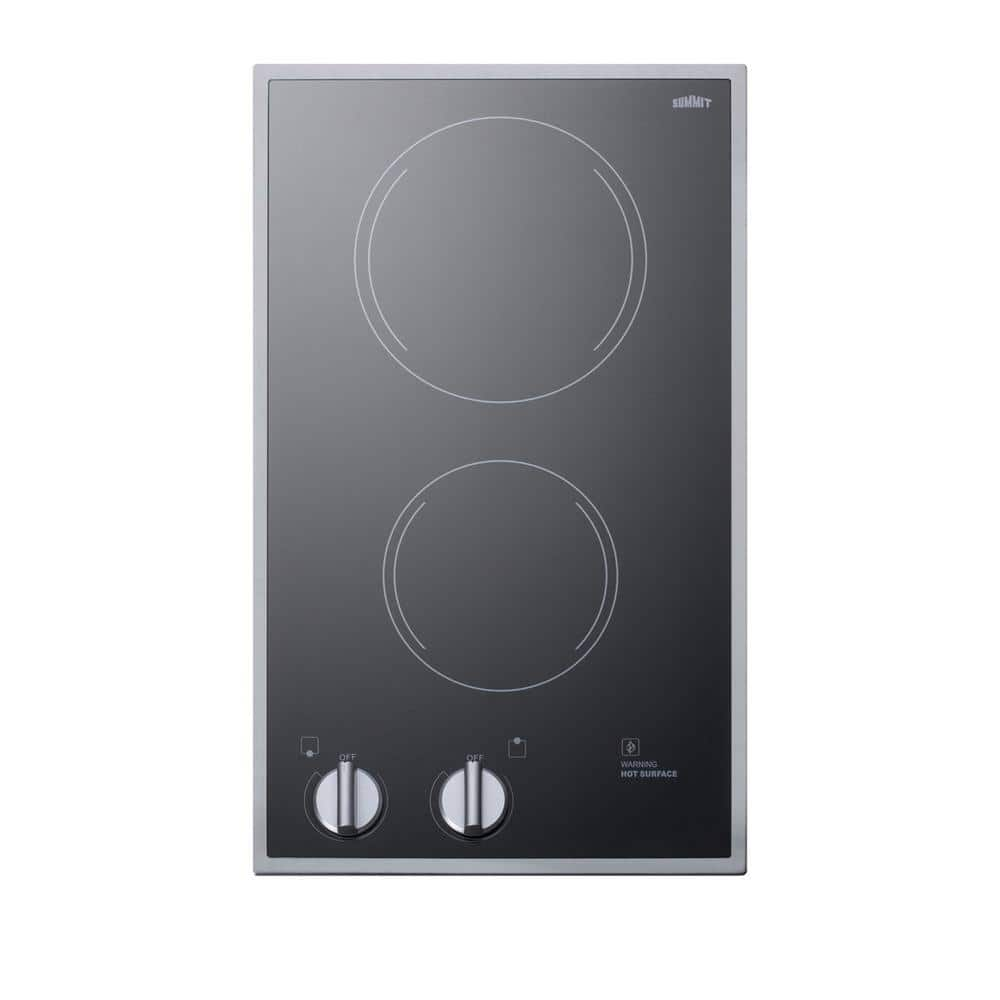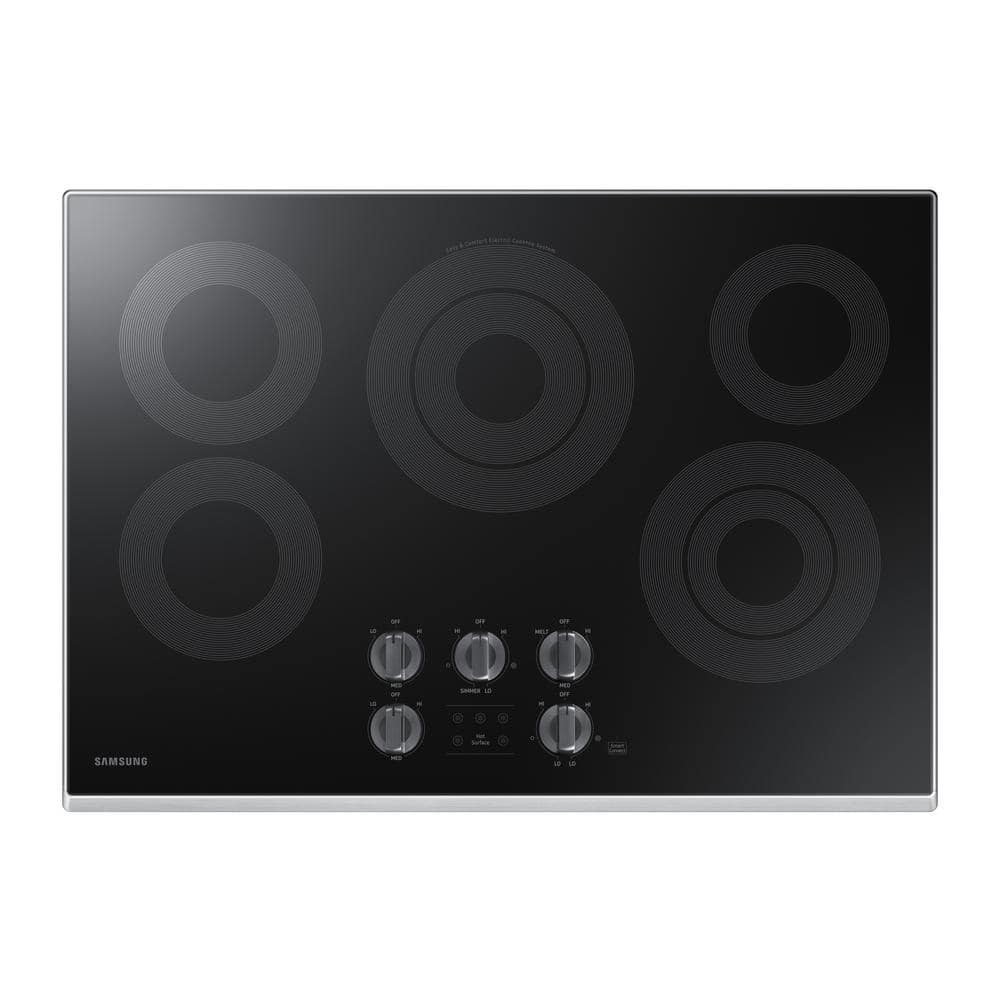Types of Stovetops and Cooktops

Published April 4, 2024
Cooktops, or stovetops, make a great addition to any kitchen. They provide you with a high-quality cooking surface for preparing meals without having an oven directly beneath it. The most common types of stovetops are gas and electric. Some models feature a modular design that can accommodate optional accessories such as grills, griddles, woks and more. This guide gives an overview of different types of stovetops. Learning your options helps you select the best gas cooktop or best electric cooktop for your kitchen.
Table of Contents
How to Choose a Stovetop or Cooktop
Gas Cooktops
Electric Cooktops
Induction Cooktops
Downdraft Cooktops
Commercial Cooktops
How to Choose a Stovetop or Cooktop

Types of Cooktops:
Electric cooktops are the most common type of cooktop. Yet both gas and electric are both capable of delivering a great cooking experience. Induction stoves are also excellent, but they cost more up front. You may find it easier to judge cooking heat by a gas flame instead of a glowing electric burner. Consider a modular type of stovetop for more flexibility with the appliance. Some types of stovetops have built-in or insertable accessories for grills, griddles or wok stands.
How to Power Cooktops:
Cooktops can be powered by natural gas, liquid propane (LP) or electricity. Some electric cooktops can have raised, heated coils for a pot to sit. Most types of electric stoves today have the heating elements beneath a smooth glass surface. Induction cooktops use electricity and also have a smooth surface. These types of stovetops use electromagnetism to create energy for cooking.
Sizes of Cooktops:
30-inch cooktops and 36-inch cooktops are the most common size. Most 30-inch models usually have four heating elements. Larger types of cooktops generally have more burners. This lets you cook with multiple pans and reduces crowding when using large pots.
Cleaning Cooktops:
Cleaning cooktops is easy. Start by ensuring it's completely cooled down to avoid burns. Next, remove any grates and wipe away loose debris with a damp cloth or sponge. Gently scrub with a towel or sponge, then let dry before placing the grates back on top of the stove.
Cooktop Installation:
When installing, first consider whether you have an electrical or gas connection. Electric cooktops need a dedicated circuit with the right voltage. Gas cooktops typically require careful consideration of the electrical or gas connections, depending on the type of cooktop. Consider the countertop cutout dimensions and whether any modifications are necessary for a seamless fit.
Gas Cooktops

- Natural gas or liquid propane produces flames to heat pans for cooking.
- Many cooking enthusiasts prefer gas stoves for their quick temperature changes. A gas flame creates a wide range of heat settings with a clear visual in the flame size and color.
- You can use almost any type of cookware on a gas stovetop.
- If your home has electric heat, check to see if a gas stove can easily be installed. You may need to add a gas line if the utility isn’t already running to your house.
- Make sure you have proper ventilation and gas line connections by a certified professional to prevent leaks and ensure safety.
Electric Cooktops

- Electricity heats a metal coil or glass element in most types of electric stoves, which then transfers the heat to the pan resting on top of it. The heating element is exposed and positioned beneath a glass surface in radiant cooktop models.
- Cost and durability are the big benefits of coil models. You don’t need special cookware.
- For electric coil cooktops, you can scrub away grime from the metal with no worries of causing damage.
- Take care when cleaning a radiant smooth-top electric cooktop. The sleek surface can be scratched by rough cookware or cleaners.
Induction Cooktops

- Electromagnetic technology creates heat when cookware made from magnetic metal contacts the induction burner.
- The process creates heat within the cookware, but not on the cooking surface itself.
- With no open flame or radiant heat coils, induction cooktops are safer than gas or electric stoves. This is a plus for homes with kids or pets.
- Induction cooktops heat up quickly and the smooth surface keeps cleaning easy. Be careful of scratching the surface with pebble-bottomed cookware like cast iron.
- Only cookware marked “induction safe” or with a magnetic bottom works with this cooktop. Induction compatible cookware is often stainless steel.
Downdraft Cooktops

- Downdraft stovetops feature built-in ventilation systems that direct smoke, steam and odors downward, directly away from the surface.
- They eliminate the need for overhead range hoods, making them a better space-saving option.
- Installation requires proper ventilation ducting.
- Downdraft stovetops are available in both electric and gas options.
- They may require more maintenance and regular cleaning to ensure clean filters and ventilation ducts.
Commercial Cooktops

- Commercial cooktops are used in professional kitchens and are built to handle heavy-duty use.
- They are usually built with materials such as stainless steel and cast iron.
- They use higher heat capabilities, allowing for faster cooking and temperature control.
- They offer versatility since they may include features like multiple burners, griddles and char broilers.
- Installation may require specific ventilation and gas line requirements to ensure safety and compliance with local regulations. Maintenance involves regular cleaning of burners, grates and surfaces to prevent grease buildup and maintain performance.
Portable Cooktops

- Portable cooktops are compact and lightweight.
- They can come in electric, induction or gas-powered options.
- Portable cooktops are easy to set up and use, typically requiring only a standard electrical outlet or a propane tank for operation.
- Despite their smaller size, these cooktops have varying heat settings and timers.
- Their portability allows for easy storage and enables cooking in locations where traditional stoves are not available.
- They are useful in small kitchens, RVs, outdoor cooking or camping.
Tip: Adhere to manufacturers' instructions and pay attention to the fuel type in gas portable cooktops.
Stovetop Features

Electronic Touchpad Controls: Touch-sensitive controls with digital displays make it easy to select precise cooking temperatures. It helps make operation more intuitive.
Wok/Griddle/Grill: Some units accommodate a wok accessory, while others provide space for a griddle or grill. A cooktop griddle makes whipping up pancakes a snap.
Simmer/High-Heat Burners: Simmer burners can handle more delicate foods like savory sauces. A high-heat burner provides increased energy on command. It's perfect for rapidly boiling water or quickly cooking dinner.
Dual Elements: Dual elements allow you to select between two differently sized elements (6-inch and 9-inch). Just match the burner size to the cookware.
Bridge Elements: These pieces sit between two of the main burners like a bridge. They're excellent for accommodating oblong or oversized pots and pans or a griddle.
Additional Burners: Most standard cooktops include a four burner cooktop, but some models include a 5 burner cooktop. Extra burners come in handy for elaborate meals with several sides and sauces.
Hot Surface Indicator Lights: On some electric models, these lights alert cooks to a still-hot cooking surface, even though it's turned off. An electric cooktop with hot surface indicator lights is particularly useful for multi-tasking cooks or when several people are working in the kitchen.
With so many different types of stovetops available, you’re sure to find the right one for your kitchen. Whether you’re shopping two-burner coil cooktops or looking for a 48-inch gas model, get the best size to fit in your kitchen.
Shop online for your new stovetop or cooktop parts. Scheduled delivery is free for most appliances. You can place online orders and pick up your purchases at your local store.
































